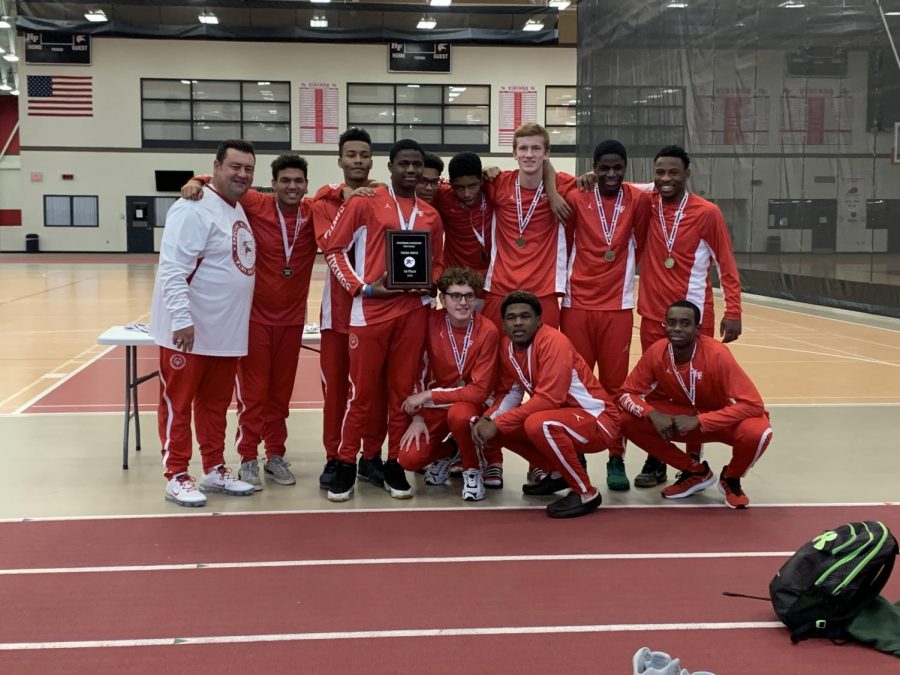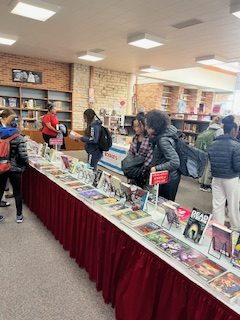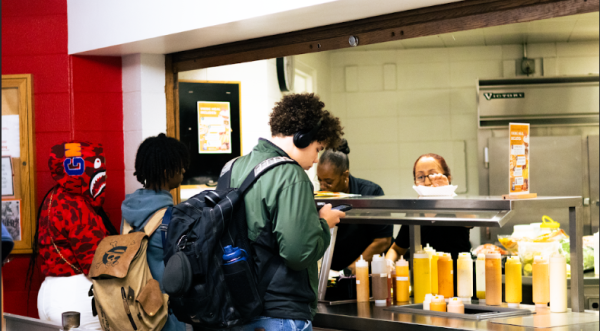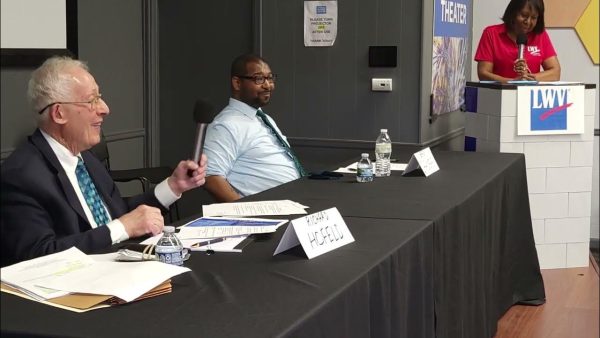H-F chooses to include
H-F’s efforts to include students with disabilities goes beyond the norm.
Before 1975, public schools had few obligations to students with disabilities. The majority of students with disabilities were kept out of public schools, while those who did attend schools were largely segregated from their peers.
However, this all changed with the passage of the 1975 Education for All Handicapped Children Act (P.L. 94-142), which required all schools receiving federal funding to provide students with disabilities equal access to education.
One way schools are required to provide equal access to education is by establishing an Individualized Education Plan (IEP), a plan made by administrators, teachers, and students to add support and help students with disabilities thrive in the classroom.
According to the recently published Illinois Report Card, about 12 percent of H-F students have an IEP, which is less than the national average.
Some schools have a very hard time implementing IEPs into their students’ everyday life, often due to limited resources.
“There are some schools that don’t have as developed co-taught systems or as developed systems when it comes to students with special needs; there [are] a lot more isolation at those schools,” Principal Jerry Lee Anderson said.
The Illinois Report Card, a collection of statewide data, which came out Wednesday, Oct. 30, provides performance and demographic data about all schools in Illinois.
According to the Illinois Report Card, 35 percent of H-F students with IEPs are in a general education classroom for 80 to 100 percent of their school day, while 10 percent of students are in a separate classroom to target specific needs.
This implies that the majority of students with IEPs are in a combination of general education classrooms and targeted learning environments.
This is different for schools across the state.
In contrast, the Illinois State Board of Education reported that 55 percent of students with IEPs in the state spend 80 to 100 percent of their school day in a general education classroom, while six percent of students with IEPs are in a separate classroom.
Whether or not this means H-F is more inclusive is unclear. Our interviews were inconclusive to this point.
It is undeniable, however, that inclusion can be seen throughout the school, mostly in after school activities. H-F was given an award for the very inclusive setting the school possesses.
Last November, H-F had the honor of being named a 2018 National Banner Unified Champion School by Special Olympics. To receive this honor, H-F had to meet a slew of criteria to even be considered for the banner.
According to Special Olympics, “a Special Olympics Unified Champion School has an inclusive school climate, one that exhibits a sense of collaboration, engagement, and respect for all. A Unified Champion School receiving national banner recognition is one that has demonstrated a commitment to inclusion by meeting ten national standards of excellence.”
To be a Unified Champion School H-F needed to have an inclusive youth leadership and whole-school engagement. Banner Unified Champion Schools also need to be able to demonstrate they are self-sustainable or have a plan in place to sustain these activities into the future.
H-F works to provide a space where students can be included. Angela Taylor, Director of Special Education, believes there are many ways that students can implement inclusion into their everyday lives.
“The more that students step out of their comfort zone in that unstructured setting, like the hallway and cafeteria, I think that’s great because students love to be acknowledged. They like when people say hi to them and they feel like they are building a friendship,” Taylor said.
We met those standards by having students involved in Unified sports and the social club, Just Like You.
All Unified sports allow students in special and general education classes to come together and play sports. Unified sports enforce collaboration between athletes and partners that normally wouldn’t be around each other on a daily basis.
H-F offers Unified soccer, basketball, and track.
Unified Basketball is a very competitive team that is IHSA sanctioned. H-F’s Unified Basketball program has won state the past three years in a row.
In addition to sports, H-F offers opportunities for students in special education to participate in clubs.
Just Like You Club meets about twice a month and allows for students in general and special education classes to take part in an activity together. This gives students who may not be athletic or may not want to play unified sports the ability to still be apart of an inclusive environment. At the meetings, students play games and do other activities depending on the month.
Members of the club go on many field trips throughout the year to build relationships with one another. Back in October, they went on a haunted hayride in Oak Forest; and they will be going on a Holiday Angels shopping trip in December along with the life skills class to get presents for a family who may not be able to afford presents this holiday season.
Through these many activities, it is obvious inclusion is all around H-F students on a daily basis. Teachers, students, and administration all take pride in having such an inclusive environment.
“An inclusive education is so important. It allows students [with disabilities] to be immersed in the experience everyone else has and it doesn’t make them [students with disabilities] feel as though they are isolated or not having the same opportunities all students have access to,” Taylor said.






